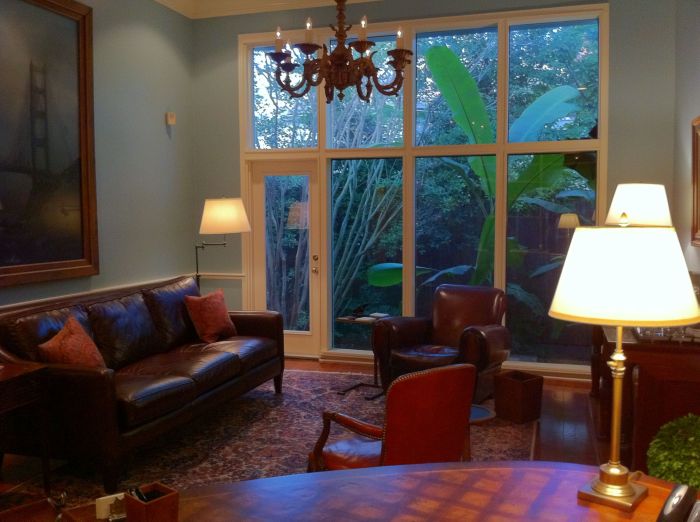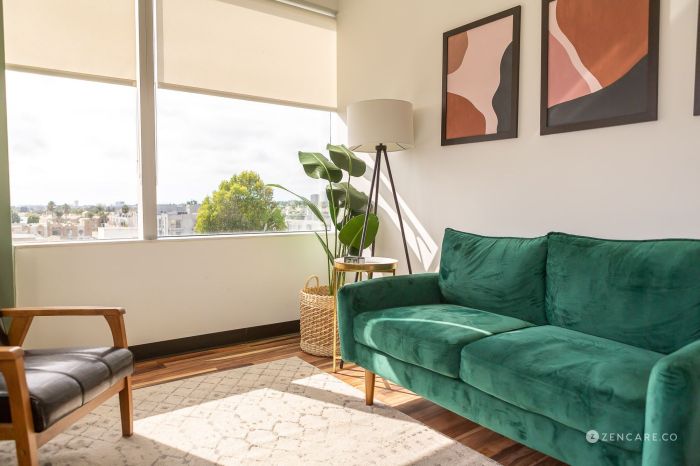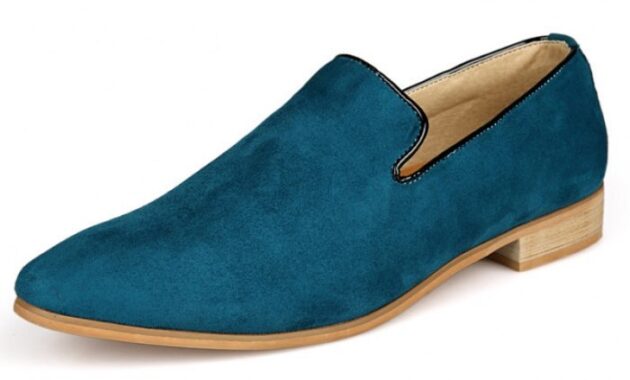Decorating a psychologist’s office is a task that requires careful consideration and attention to detail. The environment in which therapy takes place plays a crucial role in the overall effectiveness of the sessions. In this comprehensive guide, we will explore tips on how to decorate a psychologist’s office to create a welcoming and calming space for both the therapist and their patients.
1. Consider the Color Scheme
Choose calming and neutral colors for the walls and furniture in the office. Soft blues, greens, and earth tones can help create a sense of tranquility and relaxation for patients.
2. Incorporate Natural Elements
Bringing in elements of nature such as plants, natural light, and wooden furniture can help create a peaceful and grounding atmosphere in the office.
3. Personalize the Space
Add personal touches such as artwork, photos, or books that reflect the therapist’s personality and interests. This can help create a sense of warmth and connection with patients.
When it comes to dressing sharp, every man needs a reliable pair of must-have dress shoes for men. Whether it’s a classic oxford or a sleek loafer, having the right shoes can elevate your entire look. Make sure to invest in quality leather shoes that are versatile enough to go from the office to a night out effortlessly.
Don’t forget to keep them polished for that extra touch of sophistication.
4. Create Comfortable Seating
Choose comfortable and supportive seating options for both the therapist and patients. This can help create a sense of safety and relaxation during therapy sessions.
5. Provide Privacy: How To Decorate A Psychologist’s Office
Ensure that the office layout allows for privacy and confidentiality during sessions. Consider adding soundproofing materials or white noise machines to maintain a sense of confidentiality.
6. Keep the Space Clutter-Free
Organize the office space in a way that minimizes clutter and distractions. A tidy and organized space can help create a sense of calm and focus during therapy sessions.
7. Use Soft Lighting

Avoid harsh overhead lighting and opt for softer, more natural lighting options such as lamps or dimmable lights. Soft lighting can help create a relaxing and soothing atmosphere in the office.
8. Incorporate Texture
Add texture to the office space through soft rugs, pillows, or curtains. Texture can help create a sense of comfort and coziness in the office.
9. Display Inspirational Quotes
Consider adding inspirational quotes or affirmations on the walls of the office. Positive messages can help create a sense of motivation and encouragement for patients during therapy sessions.
10. Create a Relaxing Waiting Area
Design a separate waiting area for patients that is comfortable and inviting. Provide reading materials, soft music, or calming activities to help patients relax before their session.
What is Known
It is known that the environment in which therapy takes place can have a significant impact on the effectiveness of the sessions. A well-decorated and welcoming office space can help create a sense of comfort, safety, and relaxation for both the therapist and their patients.
Solution
By following these tips for decorating a psychologist’s office, therapists can create a space that is conducive to healing, growth, and positive change. A thoughtfully designed office can help foster a sense of trust, connection, and openness between the therapist and their patients.
Detail Information
Creating a welcoming and calming office environment involves careful consideration of factors such as color schemes, natural elements, personalization, comfort, privacy, organization, lighting, texture, and inspirational elements. Each of these elements plays a crucial role in shaping the overall atmosphere of the office and contributing to the therapeutic process.
Describe in Depth
When decorating a psychologist’s office, it is important to think about the needs and preferences of both the therapist and their patients. Creating a space that is comfortable, inviting, and conducive to healing can help enhance the therapeutic relationship and promote positive outcomes for patients.
Conclusion
In conclusion, decorating a psychologist’s office is a task that requires careful thought and attention to detail. By following the tips Artikeld in this guide, therapists can create a welcoming and calming space that promotes healing, growth, and positive change for their patients.
When it comes to dressing sharp, one essential item that every man should have in his wardrobe is a good pair of must-have dress shoes for men. These shoes not only elevate your look but also exude sophistication and style. Whether it’s for a formal event or a professional setting, investing in quality dress shoes is always a smart choice.
From classic oxfords to stylish loafers, having a variety of dress shoes will ensure you’re always prepared for any occasion.
FAQs
1. How important is the color scheme in a psychologist’s office?, How to decorate a psychologist’s office
The color scheme in a psychologist’s office plays a crucial role in creating a calming and relaxing atmosphere for therapy sessions. Soft, neutral colors are recommended to promote a sense of tranquility.
2. Why is it important to personalize the space?

Personalizing the space with artwork, photos, and other personal touches can help create a sense of warmth and connection between the therapist and their patients.
3. What role does privacy play in the design of a psychologist’s office?
Privacy is essential in a psychologist’s office to ensure confidentiality and create a safe space for therapy sessions. Soundproofing materials and white noise machines can help maintain privacy.
4. How can texture contribute to the office environment?
Texture, such as soft rugs, pillows, and curtains, can help create a sense of comfort and coziness in the office. This can contribute to a relaxing and inviting atmosphere for therapy sessions.
5. Why is it important to create a relaxing waiting area?
A relaxing waiting area can help patients feel more comfortable and at ease before their therapy session. Providing calming activities and reading materials can help patients relax and prepare for their session.



